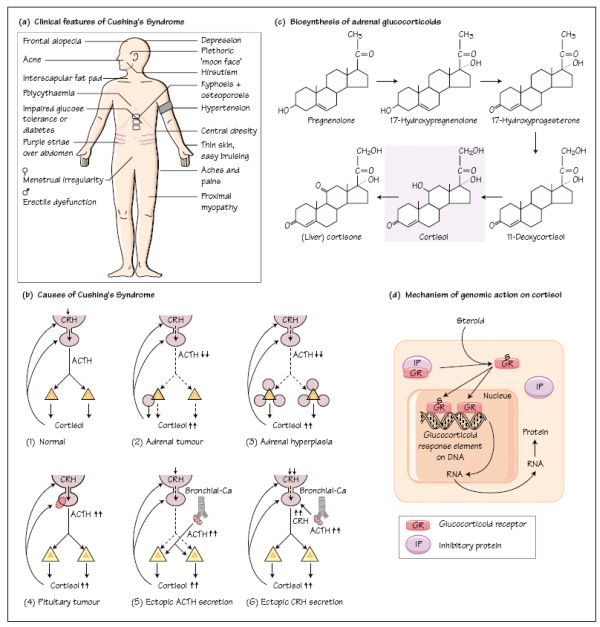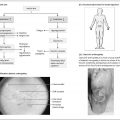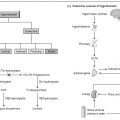
Table 17.1Clinical features of Cushing’s syndrome of whatever cause in order of frequency
| Plethoric, ‘moon face’ |
| Central obesity |
| Impaired glucose tolerance or diabetes |
| Hypertension |
| Menstrual irregularity (women), erectile dysfunction (men) |
| Osteoporosis |
| Purple striae, particularly over abdomen, and tendency to bruise easily |
| Proximal myopathy |
| Hirsutism and frontal alopecia (women, indicating androgen excess) |
| Ankle oedema |
| Interscapular fat pad |
| Acne |
| Musculoskeletal aches and pains |
| Depression |
| Poor wound healing |
| Kyphosis secondary to osteoporosis |
| Polycythaemia |
Cushing’s syndrome is the name given to the clinical symptoms and physical signs induced by glucocorticoid excess (Fig. 17a; Table 17.1). It may be caused by excess adrenocorticotrophic hormone (ACTH) secretion by a pituitary tumour resulting in bilateral adrenocortical hyperplasia or by adrenal cortical tumours such as benign adenomas or malignant carcinomas (Fig. 17b
Stay updated, free articles. Join our Telegram channel

Full access? Get Clinical Tree








